Ethiopia – The Africa you didn’t expect
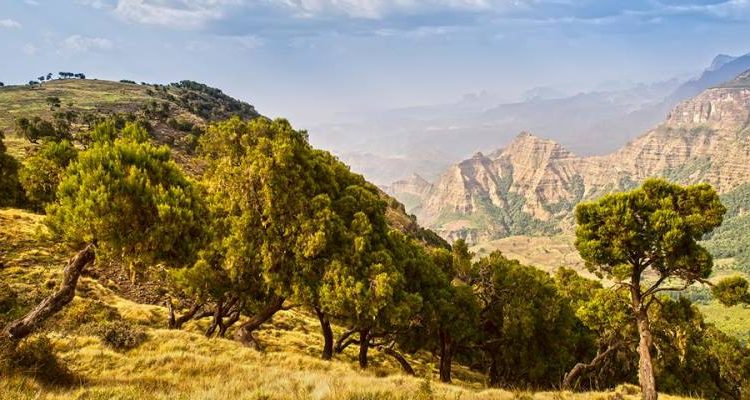
I thought I’d seen all that Africa has to offer during more than 25 years of travelling the continent, but Ethiopia put me straight. It is wonderfully different to anywhere else in Southern and East Africa, and with so much variety it feels like its own world, apart from the rest of the continent. It’s huge, more than four times the size of the UK, and has Africa’s second largest population, after Nigeria, with more than 110,000,000 people. It also has the world’s second largest donkey population, after China.
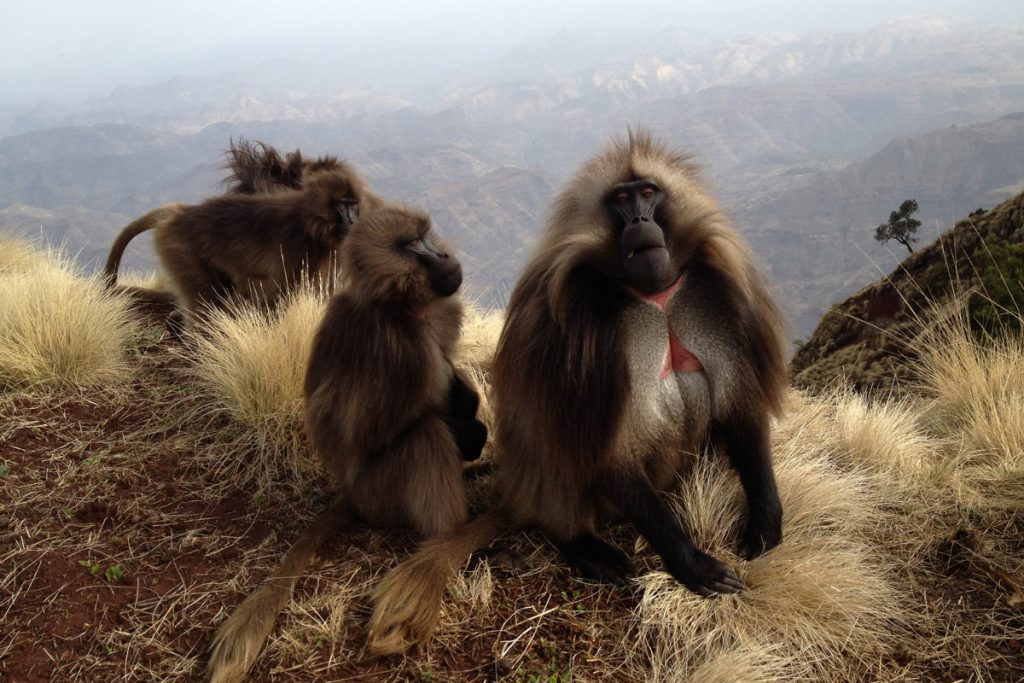
Gelada baboons, unique to Ethiopia, in the Simien Mountains
Future articles will cover each of the regions in more detail – this is to set the scene following my visit just prior to the outbreak of Coronavirus.
With a long and rich history of civilisation, an ancient 3,500 year old written language, and links with the rest of the world dating back thousands of years, Ethiopia has a strong sense of its own identity and history, as well as a reasonable degree of national cohesion. Much of it has been Christian since the 4th Century AD, longer than Britain, and many Ethiopians claim that the Solomonic royal dynasty ran unbroken from the time of King Solomon and the Queen of Sheba until Haile Selassie was deposed by the communist dictatorship in the 1970s. Historical facts might dispute this, but who’s to argue with such a good story? In fact, the claim is that the Queen of Sheba ruled from Axum, and visited Solomon in Jerusalem as described in the Bible, and gave birth to Menelik I when she returned. Menelik was supposedly the first emperor of all Ethiopia and lived in the 10th century BC.
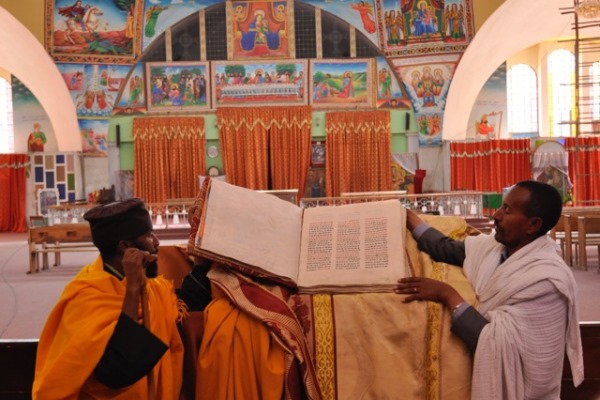
A bible on display at St Mary Tsion Church in Axum, headquarters of the Ethiopian Orthodox Church
Ethiopia is a land of mighty contrasts. Its lowest point (and that of the whole of Africa) is the Danakil depression which lies 125 metres below sea level. The highest point is Ras Dashen in the Simien Mountains at 4,550 metres above sea level. The significant mountain ranges either side of the Great Rift Valley fall away to lowlands around the edges of the country. There is alpine heath, montane forest, a large expanse of desert adjacent to Somalia in the east, steamy marshlands on the western border with South Sudan, the massive Nile River, tropical forests, and the Omo Valley running down into Lake Turkana in Kenya.
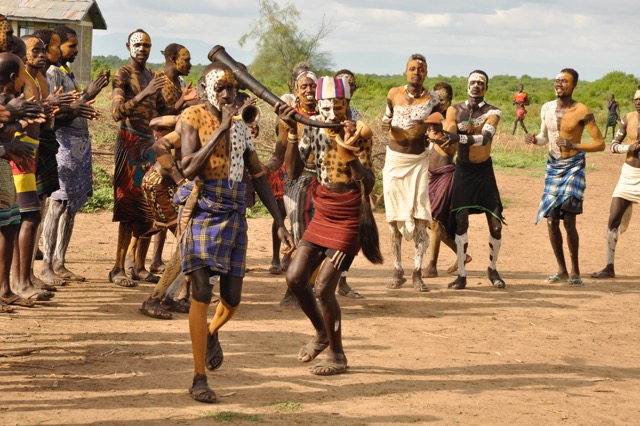
The Kara tribe dancing in the Omo Valley
There is a vast expanse of rich, fertile farmland across the high country, much of it on volcanic soil; the 1980s’ famine in Tigrai was a result of politics rather than a lack of food or too many people. Most Ethiopians rely on agriculture for their livelihood, similar to the rest of Africa, and are industrious and creative with it. From the capital Addis Ababa to the border with Eritrea every hillside is terraced, no matter how steep or high it is, even mountainsides. From a farming background myself, I wondered how on earth they work such slopes.
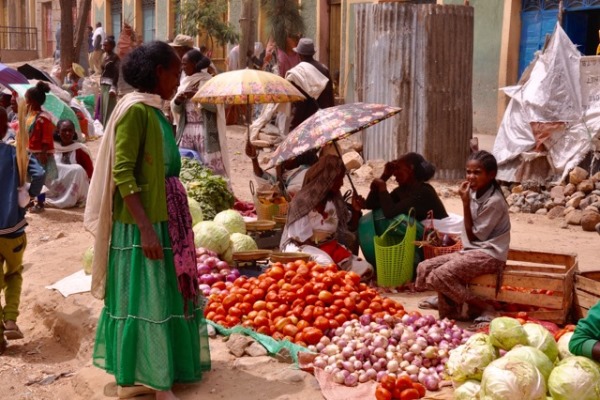
Local produce on sale at the weekly market in Freweyni, Tigrai region
Tigrai is the heartland of Ethiopian Christianity, and Axum its focal point. It’s a rugged semi-arid region, with spectacularly hilly landscapes and the magnificent Gheralta Mountains in the north. Hidden among these weathered peaks are numerous ancient churches, many of them located with either defence or seclusion in mind. Some can only be accessed by climbing the side of a mountain, which is a great way for a hermit to ensure he’s not disturbed.
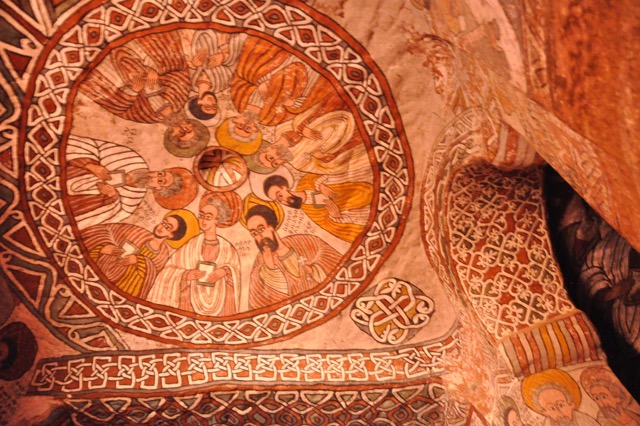
Beautiful ceiling mural at Abuna Yemanta Church, carved into the rock high in the Gheralta Mountains
The Bale Mountains have a wealth of wildlife and birdlife, with the Ethiopian wolf and a large number of other endemic mammal and bird species among its key attractions. Much of the mountain range is open alpine moorland on the Sanetti Plateau, cold and quite dry, while the southern sector falls away into the Harenna forest, the second largest expanse of extant natural forest in the country.
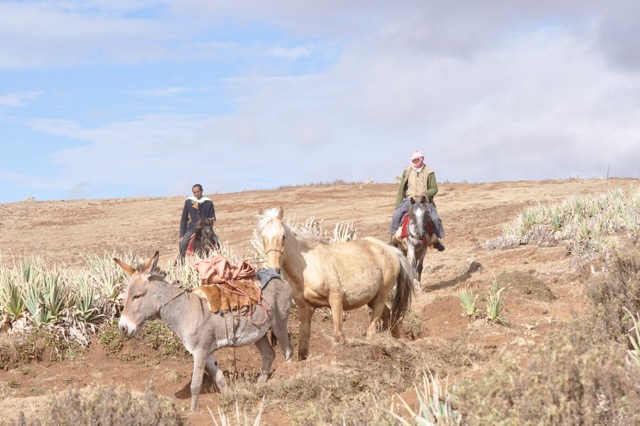
Locals in the Bale Mountains
The Omo Valley is different to any other part of Ethiopia, hotter, more African, and animist rather than Abrahamic in beliefs. The people here are mostly semi-nomadic pastoralists, and not so accustomed to farming. Some of them do still migrate, and some hunt wildlife for subsistence bush-meat. It is a fascinating region, and offers excellent birdwatching as well as intriguing cultures to witness. Waking to the dawn chorus here was an utter joy, with colobus monkeys and fish eagles joining the hornbills, shrikes, finches, thrushes, weavers, and myriad doves and pigeons to bring a smile to even the slowest of morning people.
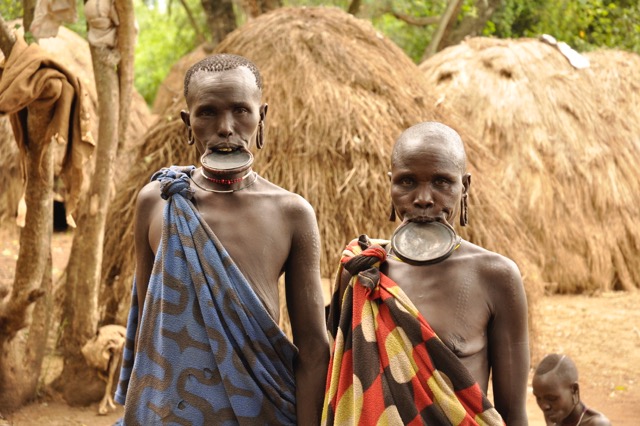
Mursi women, with their distinctive lip plates, in the Omo Valley
Ethiopia is an intoxicating blend of real old Africa, wonderful scenery, varied and fascinating ways of life, ancient societies and cultures, and amazing wildlife and birdlife. I would love to return and spend more time exploring, and I would be delighted to chat more if this has captured your imagination.
What next?
If this has inspired you to think about a safari in Ethiopia, please do get in touch. Email is probably the best way to contact us right now and we’ll respond as quickly as we can – usually on the same day. We very much look forward to talking to you.

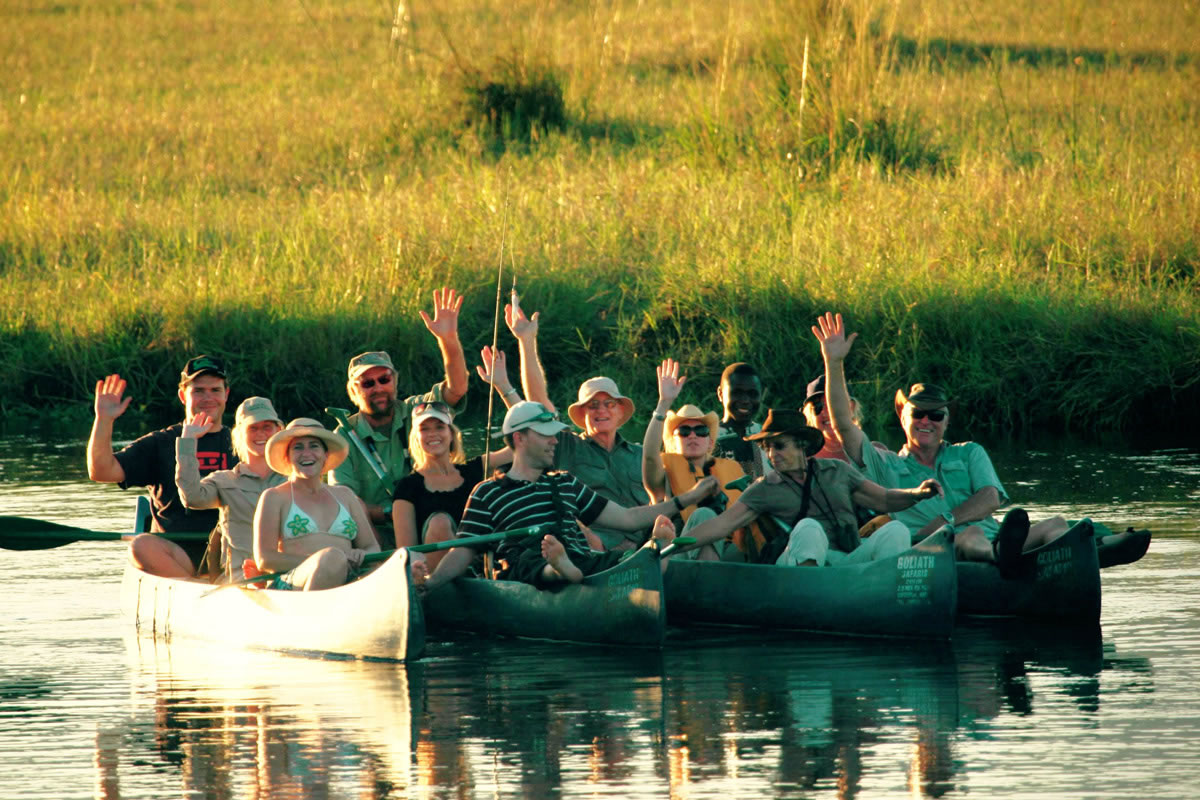
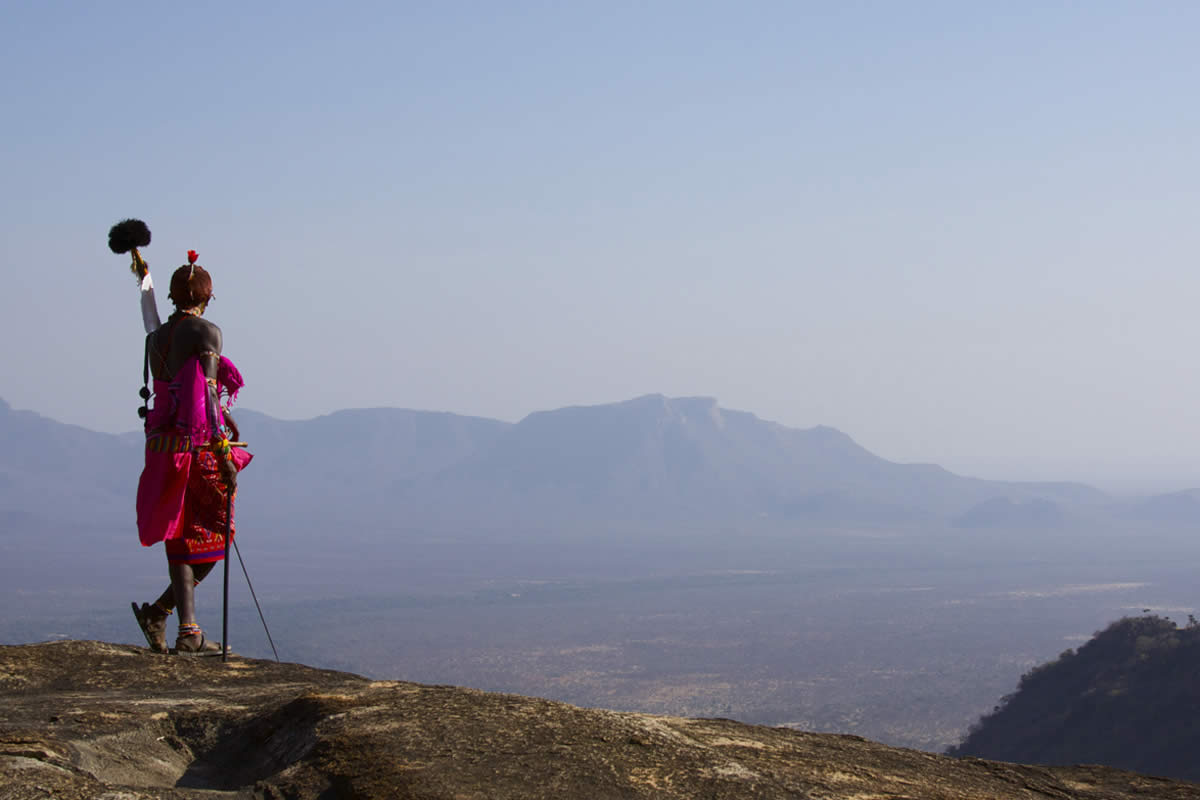
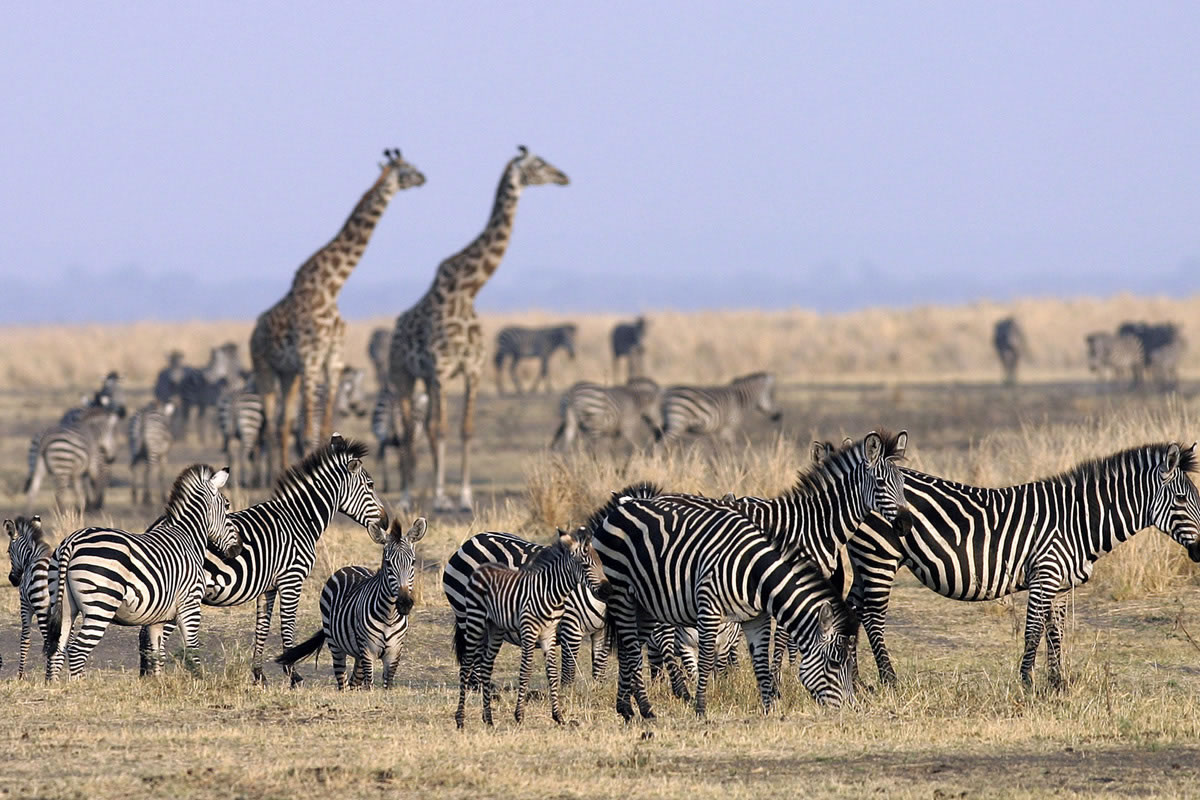

What a great article. Me myself haven’t been to those areas but reading this article inspired me to go and visit the country one day.
Thank you for letting us know
Your article made me eager to visit all parts of my country Ethiopia. I was born and raised in Ethiopia. I have never been the place you visited.